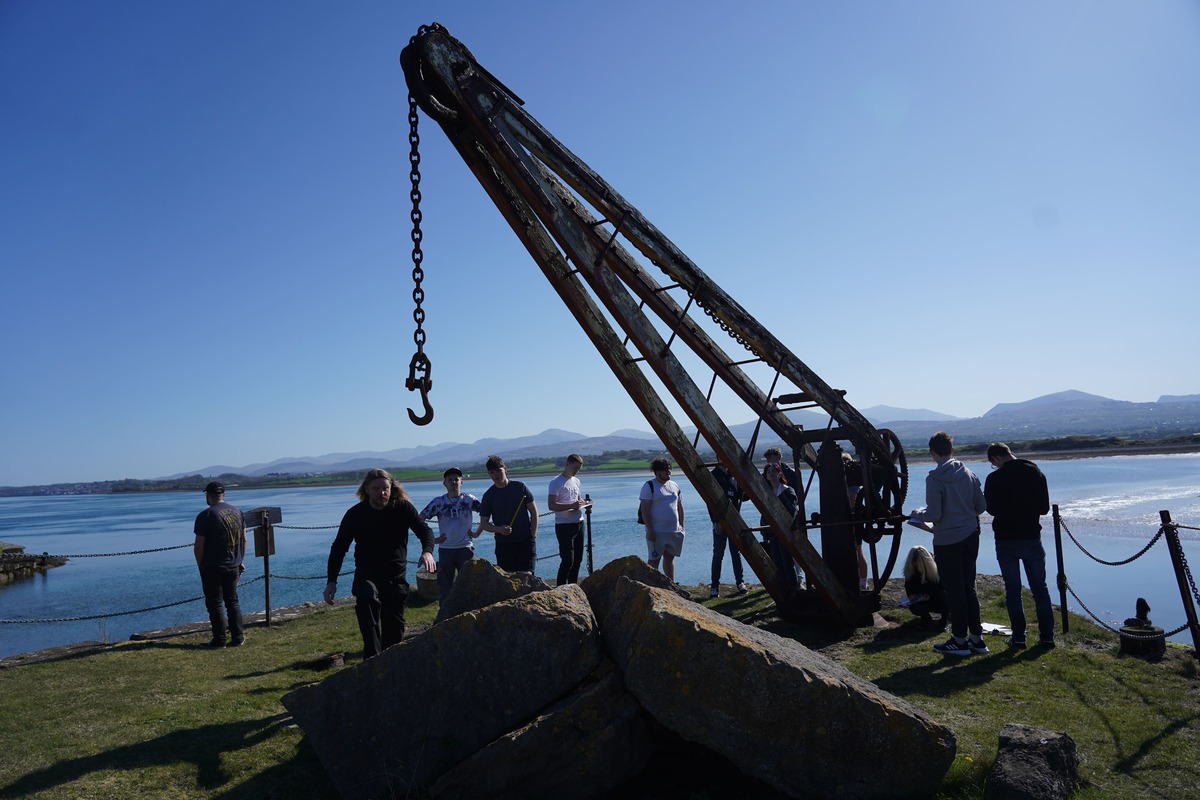Reducing the Risk of Sexual Harm: Episode 1 – The Big Picture

In this podcast series we discuss some of the issues that we think are relevant and interesting if we’re going to try and reduce sexual harm. We’ll talk about some of the legal and compliance issues you might want to think about, consider how technology throws up new challenges, look at how you can take some accountability for change, and explore some ways in which we can all help to create a safer environment.
Definitions of sexual harm and sexual offending (and they’re not the same thing) are the products of society and historical period. Something we find socially unacceptable in England today might have been seen as perfectly normal in 1850 or 1610 or 1920 and may still be acceptable elsewhere in the world. Something that one generation in one country might assume is legal may be a crime in another, or even in their own. If you, your parents and your grandparents all filled in a questionnaire asking you a hundred questions about sexual practices and their legality, it’s extremely unlikely that you would all come up with the same answers. You would probably find points of disagreement both on what is harmful and what is legal.
In democracies it tends to be the pressure of public opinion that forms the law. If enough people feel strongly enough that something is wrong and should not happen in their society then eventually a law is added to the statute book – or taken off it. So a sexual offence is committed when a law is broken and that’s relatively straightforward. Thinking about sexual harm is much more complex and may include not just whether something is legal or not but also judgements on things such as consent, power and impact.
Not all sexual harm is illegal – for instance many kinds of sexual harassment. It is increasingly clear that sexualised bullying is becoming endemic in our places of education and that it is extremely common for children and young people to have been subject to sexual harassment by their peers. These harms can have a major impact on people’s lives – they can be degrading, humiliating and impact on people’s sense of self and like any form of abuse sexual bullying can be facilitated or inhibited by the culture you create in your organisation.
We have to be aware that there will probably be harassers and bullies in our institutions – as learners as staff and as other stakeholders such as parents. It’s important to accept the reality that most perpetrators of sexual offending and sexual harm are in our communities, not in prison. Sex offenders and bullies aren’t from another planet, they’re fathers, brothers, sons, and sometimes mothers, sisters and daughters. And worth remembering too that most perpetrators aren’t even identified let alone convicted.
There are three approaches we can take when we realise that there are going to be perpetrators in every community: – we can ignore it, we can get anxious and even a bit paranoid or we can take reasonable steps to mitigate risk and help to create a safer community.
Technology and social media have certainly introduced new pressures, especially to young people as they develop into adulthood. Anybody can bully anyone at the touch of a button at any time. Accessing strangers online can be instantaneous and converting online to physical encounters is extremely easy. Pornography is ubiquitous and there is widespread public concern and confusion about pretty much everything to do with sex and sexuality. On the one hand it’s a long way from the waltz being seen as the road to hell but on the other many of the underlying risks remain the same for every generation – being bullied, coerced into things you don’t want to do, feeling degraded or humiliated or hurt.
At TDI, although we have always supported many professionals working with convicted sex offenders, we also realised very early on the need to help people much more widely throughout the community to understand how sexual harm can happen so that they can identify risks in their own working environments and take practical steps to identify and manage situations
Whether in their professional or their personal lives, we encourage people to be observant and curious, to think about risk, to pick up signs and to make defensible decisions based on some understanding and knowledge.
Embarrassment is a great facilitator of sexual harm. We want more people feeling OK talking about sex, talking about what consent means, talking about coercion and bullying and risk. Sexual harm is too important and too prevalent to put on one side and if you think it’s not happening in your large and complex organisation you’re probably wrong. We can all make a difference.
Reducing the Risk of Sexual Harm
This brand new series of podcasts, by TDI, will be published on FE News every Thursday. Find each episode on FE News!
Find the series rundown below:
Episode 1 – The Big Picture – 15th June
Episode 2 – The Law – 22nd June
Episode 3 – Compliance – 29th June
Episode 4 – The Challenge of Technology – 6th July
Episode 5 – Accountability – 13th July
Episode 6 – Creating A Safer Community – 20th July











Responses